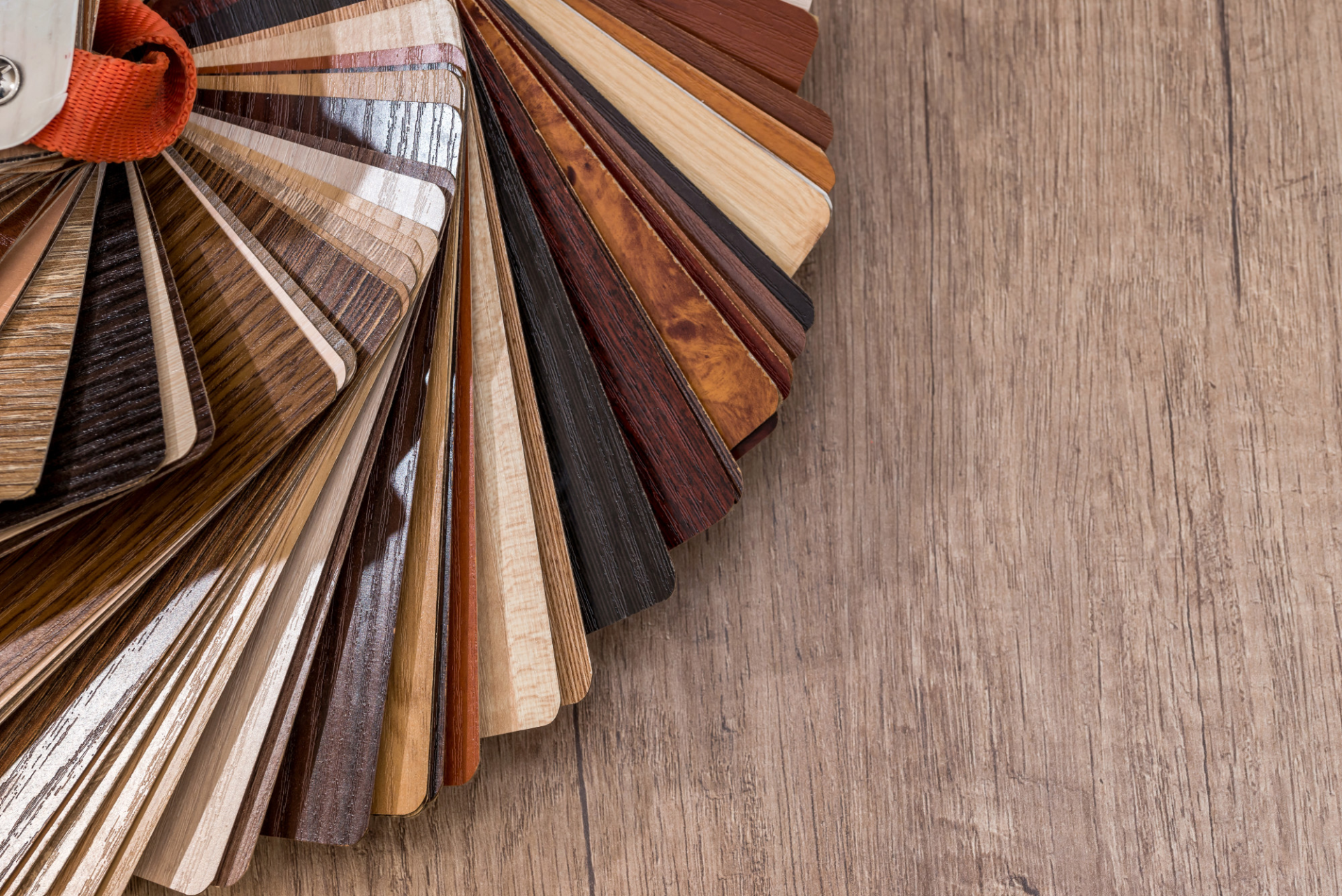Floors take a lot of abuse from people and often from pets. So, it’s not shocking that new flooring is a very common project for home improvement.
That doesn’t mean that every new floor project comes off well or projects the right feel for the home. There are numerous common flooring mistakes that homeowners make that detract from their homes’ overall beauty.
Keep reading for five of the more common mistakes.
1. Wrong Material Choices
Any flooring selection must account for the intended room use. For example, wood flooring looks great in a living room, but it’s a disaster in the making in a steamy bathroom. Carpet works fine in a den, but it’ll prove problematic in a laundry room.
Things you should always consider in flooring choice include moisture, wear-and-tear, and dirt-tracking. Your flooring choice should make sense for all of these factors in each room.
2. Underestimating Cost
Creating a budget for flooring means more than just calculating square footage and buying that much flooring. If you plan to install tile, you must calculate for proper underlayment, cement, and grout.
As a general rule, you should add 10%-20% to the overall flooring estimate in terms of square footage. This gives you a little wiggle room if you cut something wrong or a few pieces of flooring arrive damaged.
3. Improper Floating Floor Installation
Floating floors are a godsend for the DIY-er and flooring professional alike. You can put them down on top of existing flooring with relatively little fuss. Yet, installing a floating floor offers a couple of opportunities for errors.
Some people install floating floors under cabinets, which prevents the natural expansion and contraction of the floor. Another common mistake is not leaving a gap around the edges of the flooring for that same expansion and contraction.
4. Transitions
Any time you move from one kind of flooring to another, you need a transition. Yet, this step often gets overlooked. The tiles from a bathroom butt up against hardwood in a hallway. This makes the work look shoddy at best and amateur at worst.
Make a point to install transitions whenever the material changes or the floor height changes. Your eyes and toes will thank you.
5. DIY Installation
DIY installation isn’t always a bad idea. Some kinds of flooring lend themselves to a DIY approach, such as linoleum tiles or snap-together wood flooring. Despite the many benefits of hardwood flooring, though, it’s usually a poor candidate for a DIY project.
Proper hardwood installation calls for professional-grade flooring installation tools, which most DIY-ers don’t own. In most cases, it’s best to contact a hardwood flooring contractor for quality results.
Avoiding Common Flooring Mistakes
It’s a fairly easy task to avoid common flooring mistakes. Many of the mistakes are really just a byproduct of rushing the process.
Take your time and figure out exactly what kind of flooring your space needs. Get and install appropriate transitions. When dealing with hardwood flooring, default to a professional installation.
Thinking of a major overhaul to the look of your home? Check out some of our other home improvement articles.




